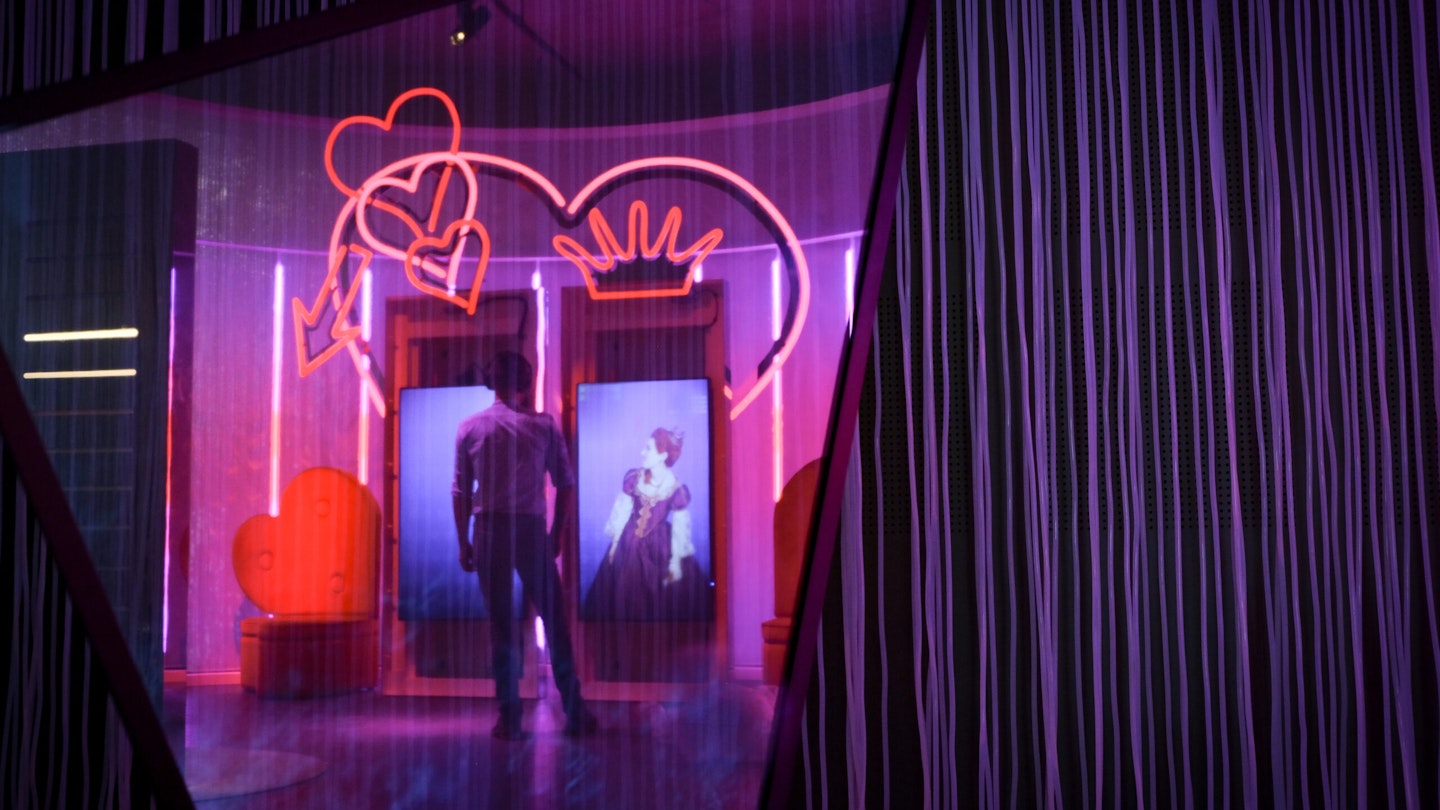Discover H.C. Andersen Hus Museum in Odense, Denmark
Denmark’s newest museum invites you into a world of dreamlike design, where the fairytales of world-famous Danish author Hans Christian Andersen come to life in various fantastical forms.
After a seven-year renovation and a soft launch last summer, the redesigned H.C. Andersen Hus museum fully opened last week in the author’s hometown of Odense. Spanning 18,000 square feet, it’s one of the largest museums in Denmark, featuring an underground museum, a children’s cultural center, and a labyrinth garden.
Architectural Marvel Inspired by Fairytales

Japanese architects Kengo Kuma, renowned for their innovative designs such as the new Olympic Stadium in Tokyo, have drawn inspiration from Andersen’s fairytale, The Tinderbox, for the museum’s design. The structure appears small and unassuming at first, yet opens up into a sprawling complex where visitors begin their journey through the tiny yellow cottage where Andersen was born in 1805. They venture below the streets of Odense’s medieval Old Town to an underground museum filled with exhibition spaces, animations, and music.
“The idea behind the architectural design resembled Andersen’s method, where a small world suddenly expands to a bigger universe,” explains Kengo Kuma.
Exploring Andersen’s Artistic Universe

Andersen passed away in 1875 and is celebrated for timeless tales like The Ugly Duckling, The Nightingale, The Princess and the Pea, Thumbelina, and The Little Match Girl. Younger generations continually discover his work, often through Disney films such as Frozen, The Little Mermaid, and The Emperor’s New Groove.
The new museum aims to provide a fresh perspective on the narrative of Andersen’s life and work. Its exhibitions cater to visitors of all ages, exploring his themes in an inclusive manner.
What’s Inside the Museum?
The museum showcases award-winning art and items from both local and international artists, such as the American author Daniel Handler, Spanish illustrator Sandra Rilova, paper artist Veronica Hodges, and puppet maker Andy Gent. Each artist contributes to the exploration of Andersen’s themes through interactive exhibitions, architecture, light, music, and visual storytelling.

“Hans Christian Andersen’s artistic universe is fantastic, as it reverses how you imagine this world you thought you knew. Instead of presenting a universal truth, it reveals the peculiarity and multiplicity of the world,” states the museum’s creative director, Henrik Lübker. “In the new museum, we uphold this ambiguity by using Andersen’s own artistic strategies as the foundation for shaping the garden, the house, and the exhibitions, along with the many artistic contributions included.”
The main building includes a cafe and visitor amenities, while the exhibition spaces are situated underground, complemented by a children’s cultural center and a labyrinth garden waiting to be explored.
What Can You Expect on Your Visit?
Tickets cost 165 Danish Krone (approximately £19 / US$24) for adults, while children can enter for free. A ticket provides same-day access to H.C. Andersens Hus, H.C. Andersen’s Childhood Home, and the city’s history museum.
Note that H.C. Andersens Hus museum is closed on Mondays.

What to See in Odense
Odense features charming cobbled streets lined with pastel houses, embodying the essence of a fairy-tale location. Home to various Andersen-themed attractions, even the traffic lights display images of the author, this third-largest city in Denmark also houses exquisite galleries and museums, including BRANDTS Art Museum and several Michelin-starred restaurants outside the capital.
Located on the island of Fyn, Odense is accessible from Copenhagen in about two hours via the Storebæltsbroerne suspension bridge.
This article was first published on February 10, 2021, and updated in April 2022.





